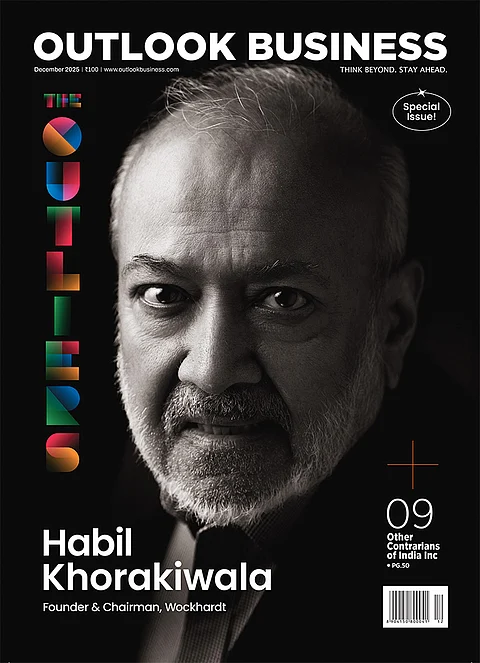
Flexi-cap AUM crosses ₹5 lakh crore; highest monthly inflows at ₹7,029 crore
Category delivers long-term returns above 17% in several funds
Highly volatile markets driving preference for dynamic allocation
Indian stock market has been volatile this year, but flexi-cap funds are in the spotlight as they combine adaptability with long-term discipline. These funds invest across large, mid, and small-cap companies, which gives fund managers the flexibility to shift allocations as market reacts. The flexi-cap segment has crossed the ₹5 lakh crore mark in assets under management (AUM) as of 30 September 2025, topping out at roughly ₹5.07 lakh crore.
The data has been shared by the Association of Mutual Funds in India (AMFI). In the same month, the category drew the highest monthly net inflow among all equity categories, about ₹7,029 crore, underpinning its growing appeal. Over the past ten years, several flexi-cap funds have compounded at more than 17% annually.
The Finanical Express analysis revealed that five-flexi cap schemes, including Quant Flexi Cap Fund, Parag Parikh Flexi Cap Fund, JM Flexicap, HDFC Flexi Cap Fund, and Edelweiss Flexi Cap Fund, have maintained double-digit growth in the last ten years. All these funds are tagged under ‘very high risk’ category but also known for strong long-term wealth creation.
The category continues to attract investor interest due to its flexible allocation approach and diversified exposure. At the same time, funds like the HDFC Flexi Cap Fund highlight the importance of track record, scale, and experienced management.
As per data available on brokerages, HDFC Flexi Cap which leans towards large-caps and quality cyclical offer stable compounding with over 28% returns in the past five years, while Edelweiss flexi cap has given around 23% returns during the same time period.
Why Flexi-Caps Fit a Choppy Market?
Industry experts say the category’s appeal lies not in chasing themes, but in its ability to rotate between sectors and market-caps with measured conviction. The prime reason for the flexi-cap's moment, according to Choice Wealth’s AVP Akshat Garg, is its unparalleled agility.
“In a market where large-caps look steady but expensive, and mid-and-small-caps offer sizzling growth alongside gut-wrenching volatility, being locked into one lane is a tough ask,” he said. Think of it this way: the old multi-cap funds were like a fixed-course cruise liner. Flexi-cap funds, by contrast, are like a masterfully sailed yacht as they can tack with the wind, Garg explained.
“If mid-caps are overheating, the fund manager can trim sails and pivot to the relative safety of large-caps. If a new growth story emerges in smaller companies, they can chase it. This freedom to dynamically allocate based on valuation and opportunity, not a rulebook, is pure gold in today's climate,” he added.
He further explained it with an example. Take the Parag Parikh Flexi Cap Fund, for instance. It’s less of a fund and more of a cult for the disciplined investor. Its appeal isn't a secret formula; it's a fiercely held belief in value investing. The team would rather sit on cash than buy an overpriced stock—a level of patience that’s rare.
“Add to that a strategic dash of international equities, and you have a fund that doesn’t just bet on India, but on global excellence. It’s a textbook case of how a clear, unwavering philosophy wins long-term trust,” he said.
That emphasis on flexibility backed by discipline is echoed by Satish Ramanathan, CIO, Equity at JM Finanical Mutual Fund. He noted that the category offers investors a diversified fund that can be held over the long term, conducive for lump-sum and SIP strategy. “Sector funds and other thematic funds tend to be more volatile over the medium term and also require more active investing strategy”.
“Investors have trusted and maintained their confidence in funds that really utilise the flexibility that is in-built into the fund by actually moving across market caps and sectors/ themes when there are strong tailwinds supporting them or headwinds emerging, when valuations and macroeconomic conditions change, instead of remaining static in their allocations,” he added.
































